5-String Banjo
Overview
Tuning Steps
Sweetened Tunings
Products
More Info
banjo Videos
Discuss
5-String Banjo
Overview
The five string banjo is standard tuned to g4 C3 G3 B3 D4, which is a re-entrant tuning, meaning that the tuning does not progress from low to high pitch. The 4 string Tenor banjo is standard tuned to C3 G3 D4 A4. The numbers after the note names refer to the octave number displayed on most Peterson tuners, making tuning extra easy even for the absolute beginner.
An extra consideration is the fact that the resonant top of a banjo is a tuneable head which must also be tuned. Fortunately, this is easy using your Peterson strobe tuner.
Peterson counts Ron Block, Steve Martin, the late Earl Scruggs and other banjo greats among its users, so you’ll be in good company!
How To Tune Your 5-String Banjo
- Begin with the first string, it’s located closest to the floor when holding the banjo in the normal playing position.
- Pluck to sound the 1st string and observe the tuner display, check that the note “D” is displayed. With your left hand, adjust the tuning peg to stop the strobe pattern image from moving contuously in any one direction, continue to adjust until the strobe pattern is motionless.
- Repeat the above for the B, G, D & high G strings until all strings are tuned.
Standard And Alternate Tunings for banjo family instruments
5-String Banjo
4-String Tenor Banjo
Long-Necked Banjo
G4 C3 G3 B3 D4
Standard
C3 G3 D4 A4
Standard
E4 B2 E3 G#3 B3
Standard
G4 D3 G3 B3 D4
Bluegrass
G2 D3 A3 E4
Irish
G4 C3 G3 C4 D4
Double C
A2 D3 F#3 B3
D Tuning
G4 D3 G3 C4 D4
G Sawmill
G3 C4 E4 A4
C Tuning
5-String Banjo
G4 C3 G3 B3 D4
Standard
G4 D3 G3 B3 D4
Bluegrass
G4 C3 G3 C4 D4
Double C
G4 D3 G3 C4 D4
G Sawmill
4-String Tenor Banjo
C3 G3 D4 A4
Standard
G2 D3 A3 E4
Irish
A2 D3 F#3 B3
D Tuning
G3 C4 E4 A4
C Tuning
Long-Necked Banjo
E4 B2 E3 G#3 B3
Standard
Sweetened Tunings
Sweeteners For Banjo
Products With Banjo Sweeteners

StroboClip HDC-V
$84.99

StroboClip HDC
$79.99
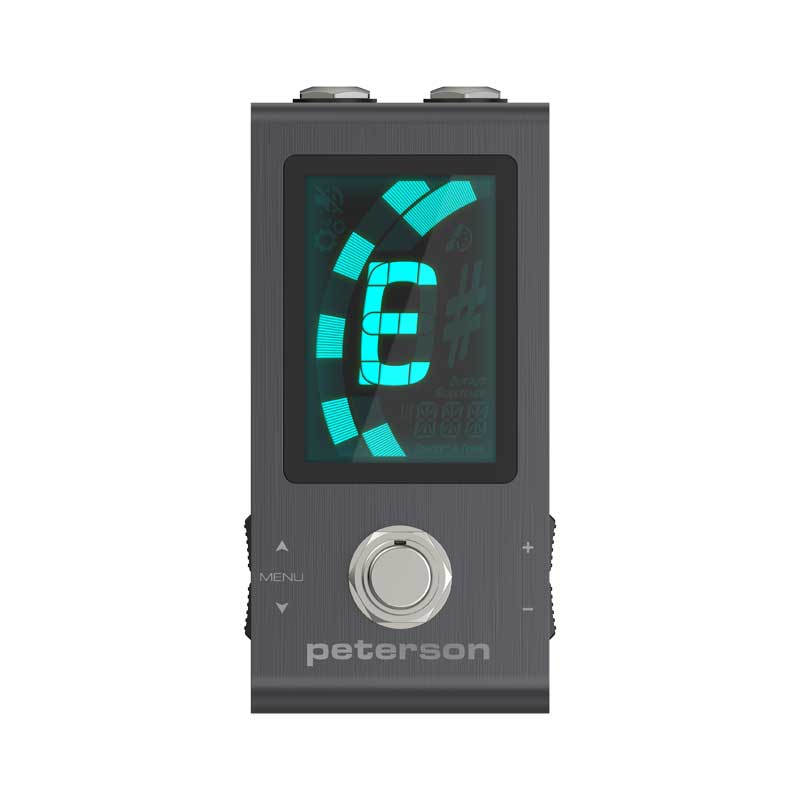
StroboStomp Mini
$119.00
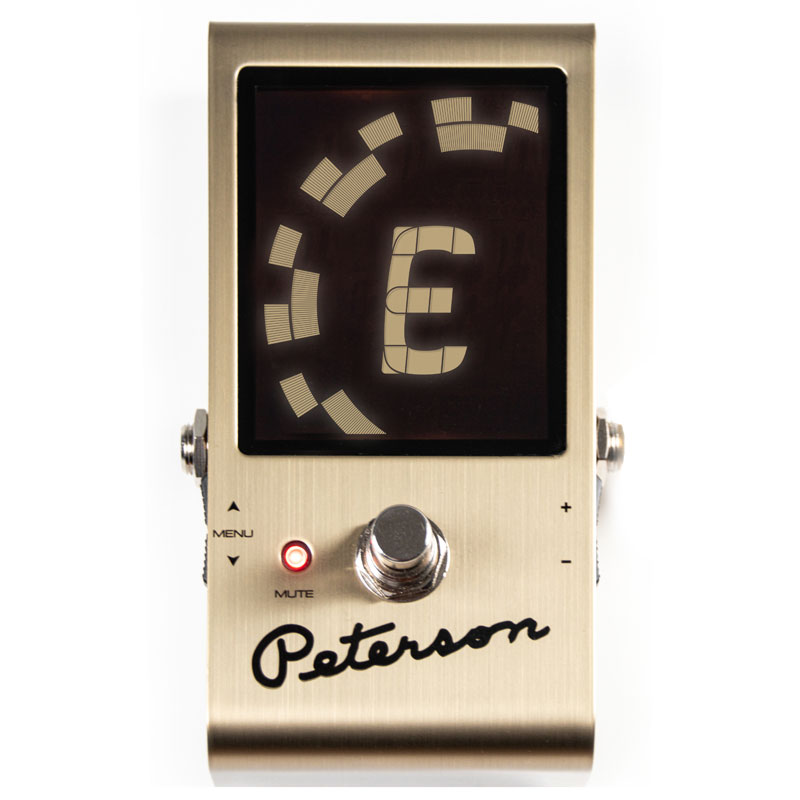
StroboStomp LE
$169.00
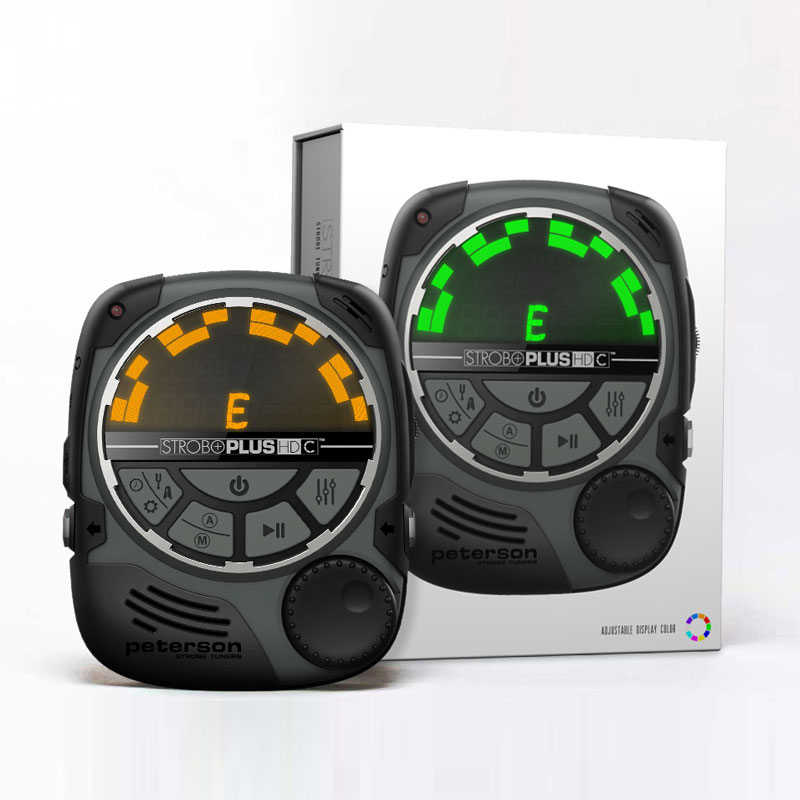
StroboPLUS HDC
$179.99
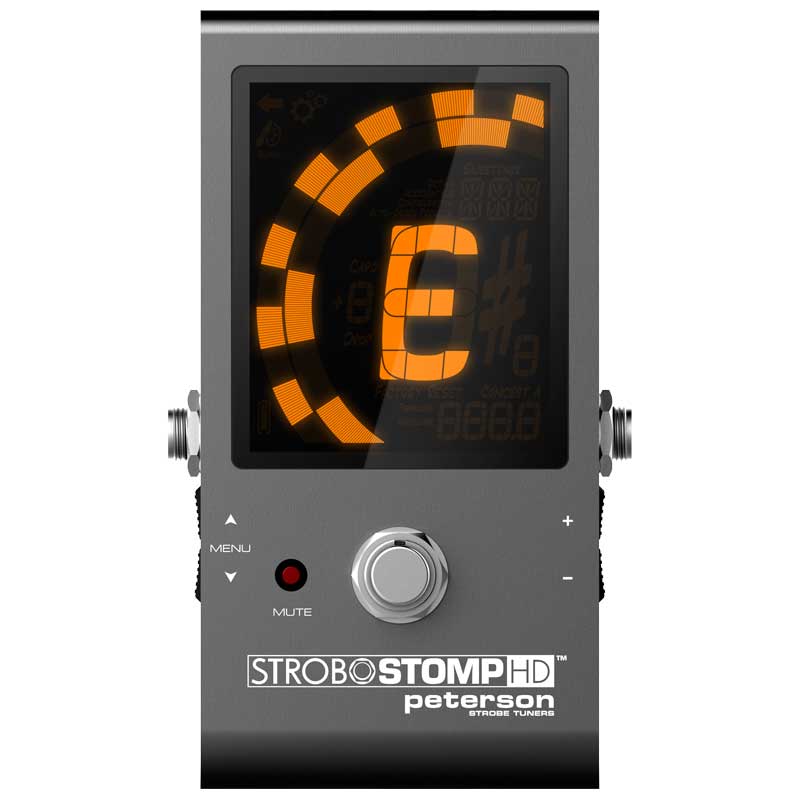
StroboStomp HD
$149.00

StroboClip HD
$59.99

StroboPLUS HD
$149.99
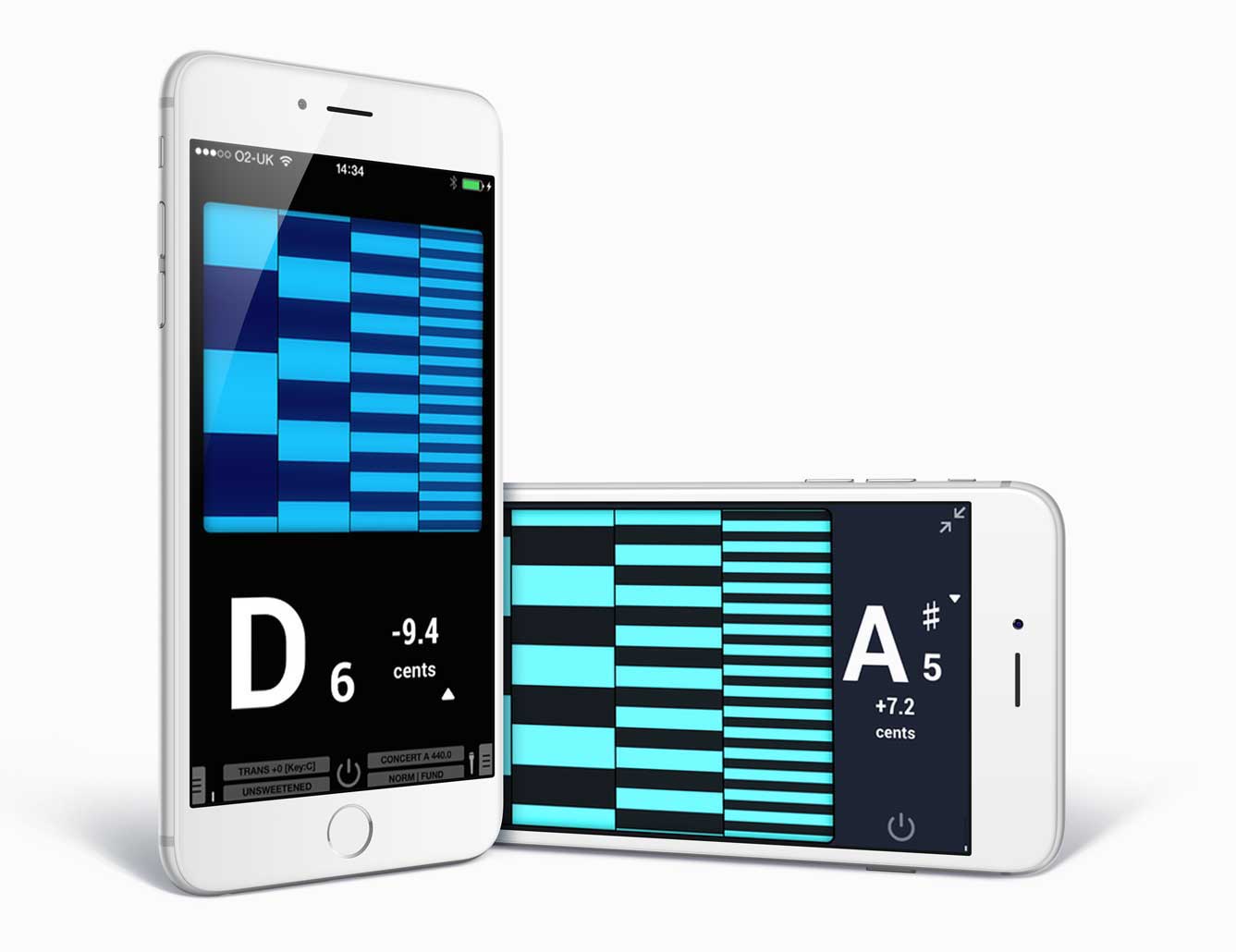
iStroboSoft™ (iOS)
$9.99

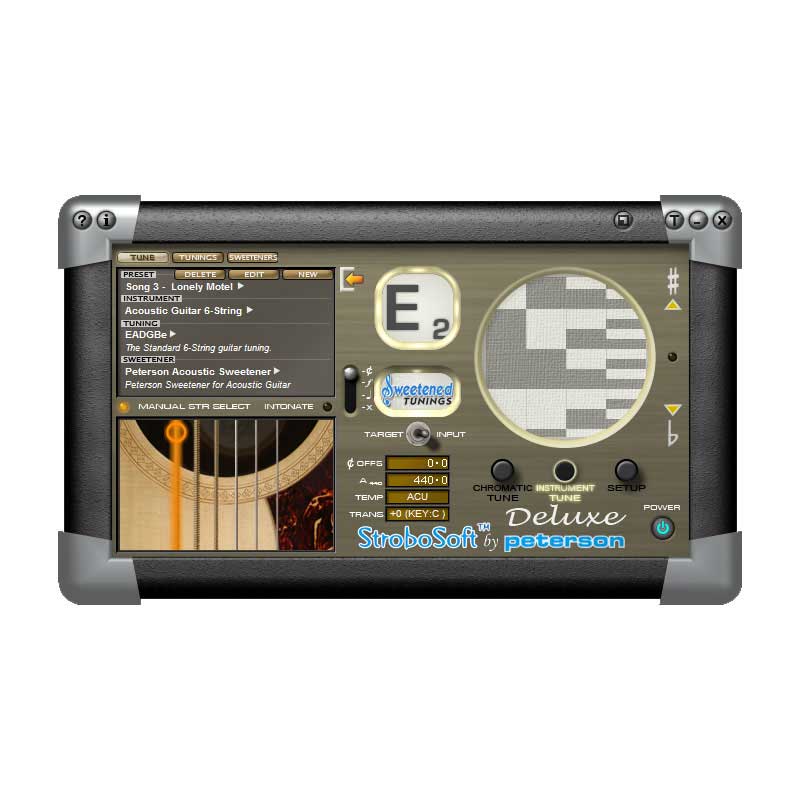
StroboSoft 2.0
$49.99 - $99.99
Things to check to get the most out of your instrument’s tuning
2. A banjo head usually has a very long life, examine the head where it meets the bearing edge of the tone ring and also where the tension hoop contacts the head, look for cracks, splits and other damage or wear in the rim of the head.
3. Check the tuning pegs and their mounting screws periodically, standard, Keith or Scruggs pegs can loosen up over time and cause tuning instability.
Checking Intonation
Using your Peterson Strobe Tuner, check this as follows:
Having tuned the 1st string correctly, pluck it while fretting it at the 12th fret. If the fretted tone shows sharp on your tuner, the bridge needs to be moved a slight distance further away from the end of the neck, if it shows flat, it needs to be moved a slight distance closer to the end of the neck.
Repeat this procedure with the 4th string at the other side of the bridge. When both open and fretted tones are in tune in each case, the bridge is in the correct position.
Tuning the banjo head
2. If you own a Peterson Tuner which features a built-in speaker with audio tones, dial in G or G#, turn the volume up and adjust the tension on the head until you can feel it start to vibrate in sympathy with the tone emitting from the tuner.
3. A lower tension where the bridge is making a visible dent in the head may result in a dull sound, too much tension and the instrument will lose volume.
Famous Banjos


View Another Instrument

